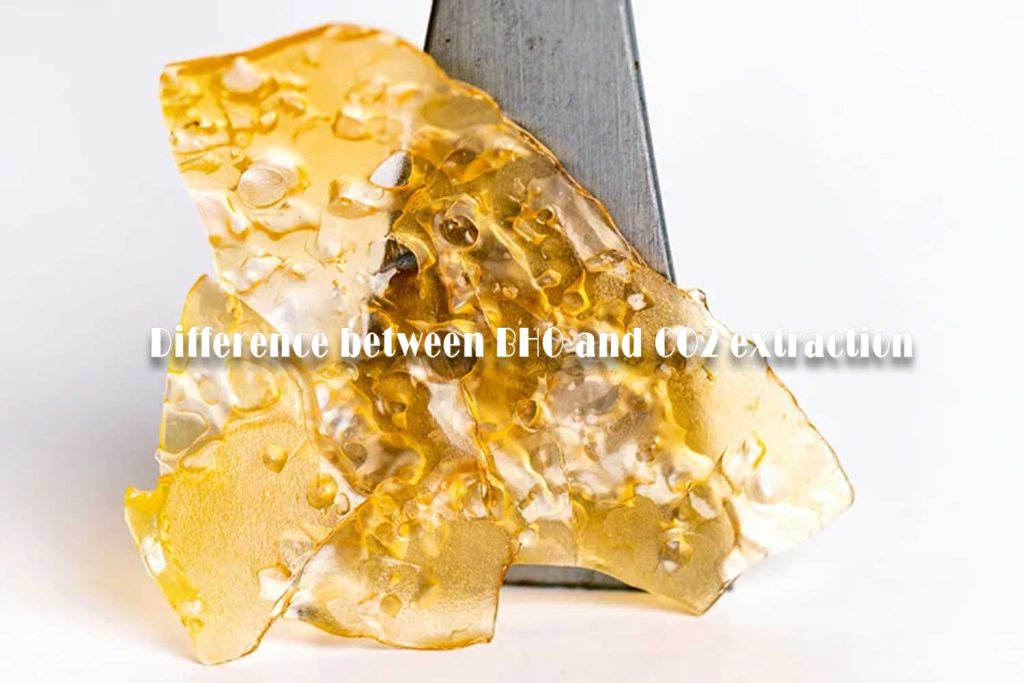The terms residual solvent and residual solvent analysis get thrown around pretty regularly in the extraction industry.
Solventless vs Solvents

There are many methods of extraction used in the cannabis industry today: hydrocarbons like butane and propane, alcohols like methanol and ethanol, supercritical CO2, and solventless elements like water and liquid nitrogen.
All of these products have an application in the industry. One particular methodology is always going to be better than another in a given application, but they all have some sort of utility.
Hydrocarbon Solvent
The utility of hydrocarbons tends to be the highest. With hydrocarbons, you can not only make high-quality artisanal extracts but also high-production or medium-high-production extracts as well. So if we’re going to make distillate or high-production shatter, or turn trim into an extract, hydrocarbons are a great option. This makes hydrocarbons one of the most applicable and most widely-used solvents in the industry.
Solventless
Solventless methods definitely have applications in the industry as well — recently, there has been a huge resurgence of water hash and dry sift, which is a dry, mechanical extraction of the trichomes. Liquid nitrogen systems have also made a resurgence as of late.
Residual Solvents in Hydrocarbon Extraction
There is a lot of fear-based selling surrounding solventless extraction that says if you use hydrocarbon or an alcohol-based solvent, you’re going to have residual solvents in your product, which will ultimately lead to a product that is unsafe to consume and won’t meet regulatory standards. As soon as the term residual solvents is thrown into new entrant markets, uneducated, fear-based selling of CO2 and other solventless-extraction methods is prominent. When in reality, people just haven’t been educated on how to properly handle solvent extractions and residual solvents.
If you go into your pantry or refrigerator, there are likely dozens of products that have been made with hydrocarbon extraction. Soybean oil, natural flavorings, and other additives are isolated molecules from food that have been isolated with hydrocarbons, such as hexane and heptane, in large industrial plants.
These hydrocarbon extractions have also been around for decades, and they are extremely effective. And, it’s important to note that these hydrocarbons are completely removed from the extract during the process. So, just because we’re using solvents for an extraction process to grab, bind, and solubilize these molecules (in our case cannabinoids and terpenes), the solvent is purged out at the end. The truth is, these so-called residual solvents are not actually residual at all!
Removing Solvent from Extracts
Any of the “residual” solvents that are coming into our extract are completely removed at the end. It is a complete misnomer to say that there will be residual solvents that lead toward non-compliant factors. It has been proven throughout history, and in many other industries, that solvents can be removed from concentrates.
In reality, solventless extraction technology is inferior to hydrocarbon technology for cannabis extraction. A prime example of this — if you walk into a retail cannabis store and look at the extracts on the shelf, 70–80% of those extracts, if not more, are coming from hydrocarbon or solvent-based extraction applications (e.g., alcohol or hydrocarbon).
How To Remove Solvent from Your Extracts
There are many very educated and experienced people in this industry, and they understand how to remove these solvents from their cannabis extracts. After we do a primary extraction, we’re left with crude oil and, in many cases with hydrocarbon, it’s a very high-quality oil. At this point, we put it into a vacuum oven with a little bit of heat, and we purge the solvent.
Because the boiling point of butane and propane is very low, the solvent will boil right out of your product, leaving behind all your terpenes and cannabinoids, which are retained due to their heavy molecular weight. The light, volatile molecules of hydrocarbons are removed.
Regulation of Residual Solvents
In more developed markets, there are residual hydrocarbon solvent limits — in many cases, below 50 parts per million. In the majority of instances, these hydrocarbons are completely purged to a non-traceable level, so there are no residual solvents remaining.
If you think about 50 parts per millionth of hydrocarbon, contrary to belief, hydrocarbons are not very toxic at all — this amount of residual solvents is generally recognized as safe for use in extraction and food additives.
The question then becomes, how do you regulate this? In reality, you’re going to consume or breathe more hydrocarbon sitting in traffic than you would in consuming one of these products.
But the important part above all else is to understand that 100% of these solvents are purged out of the end product. There are no residual solvents, there are no trace solvents. All of this can be purged out of the product.
Source: Precision Extraction